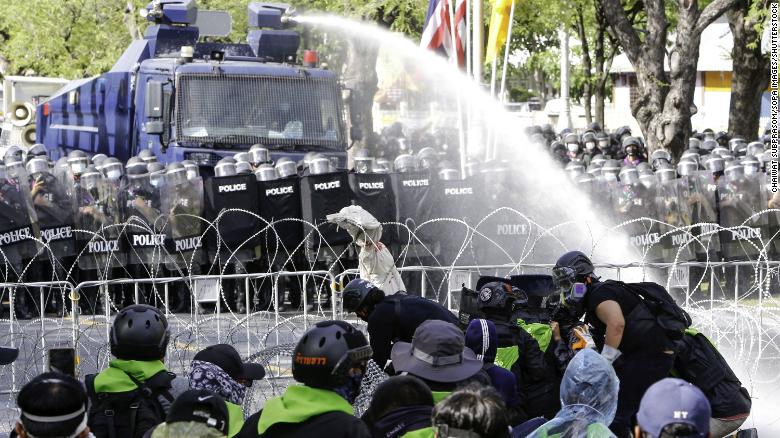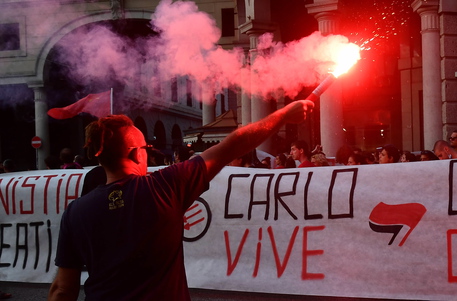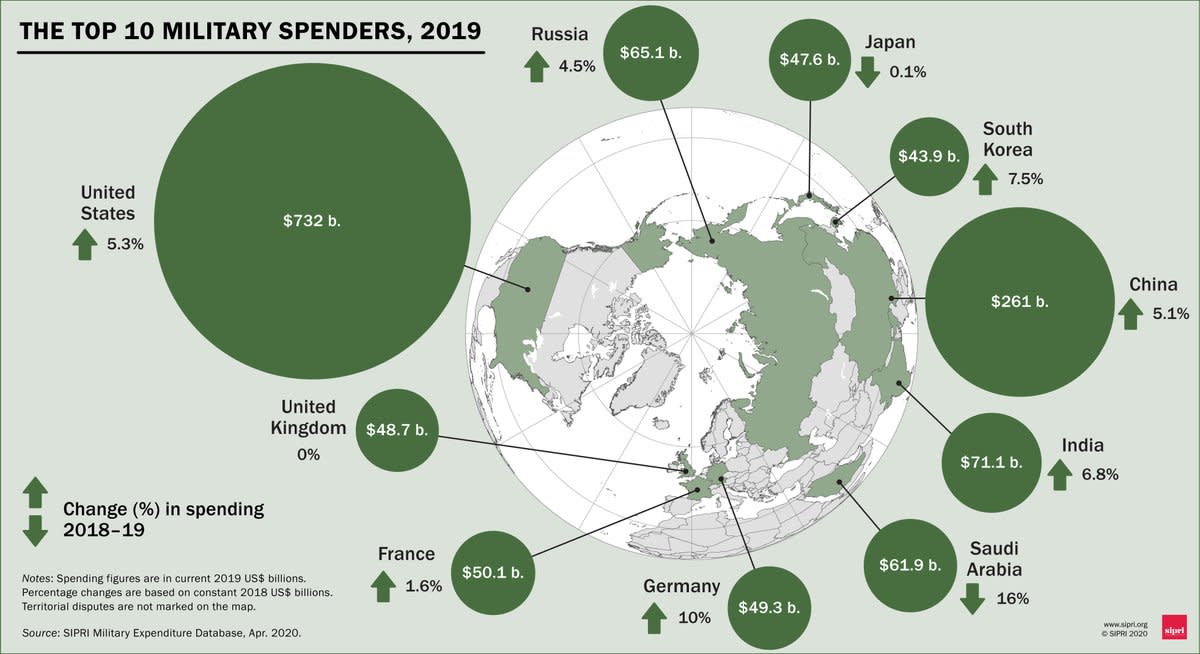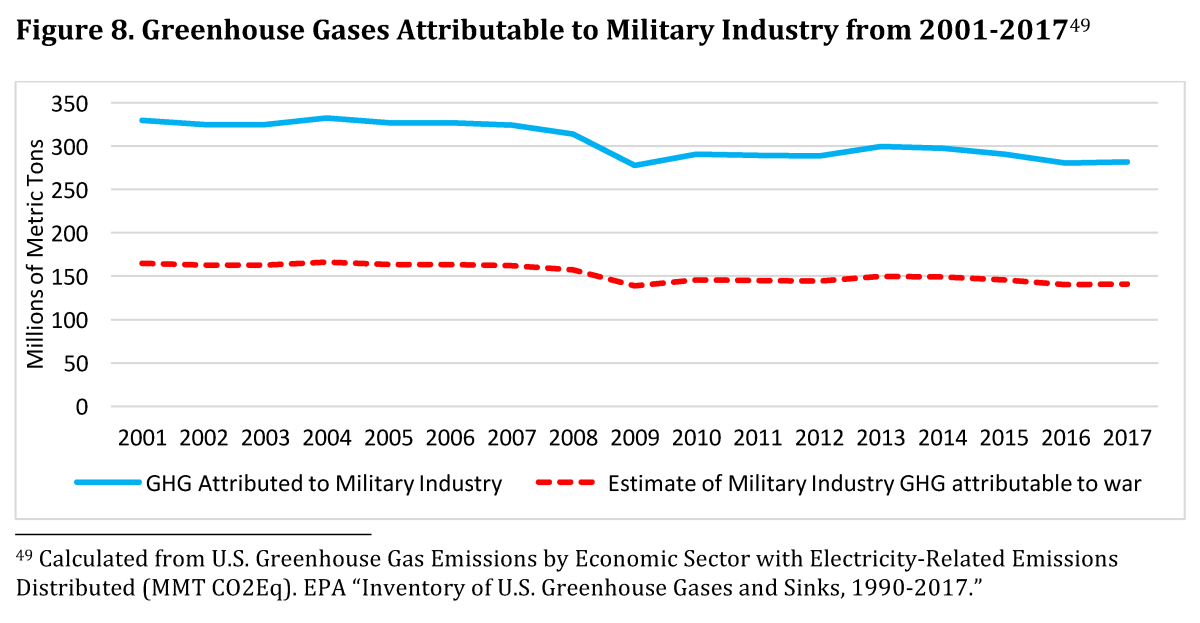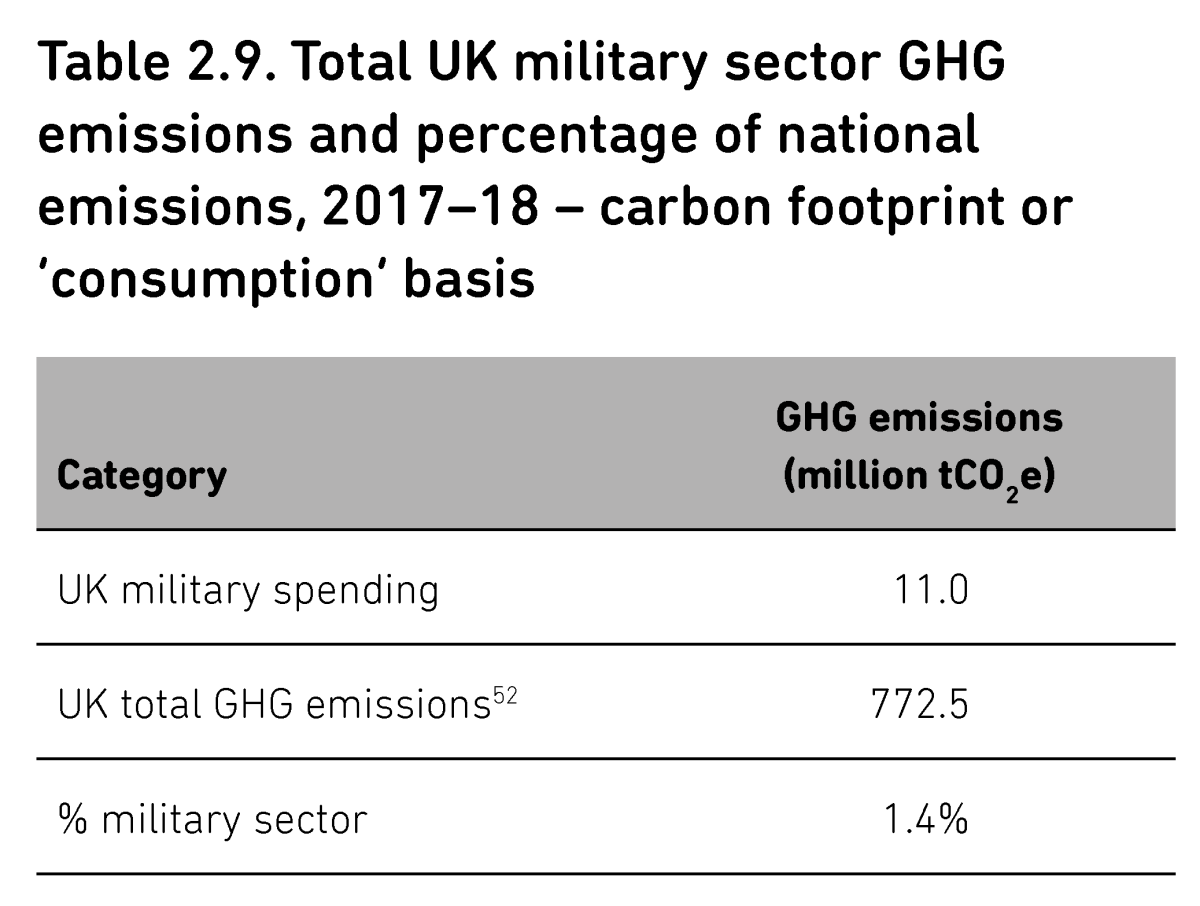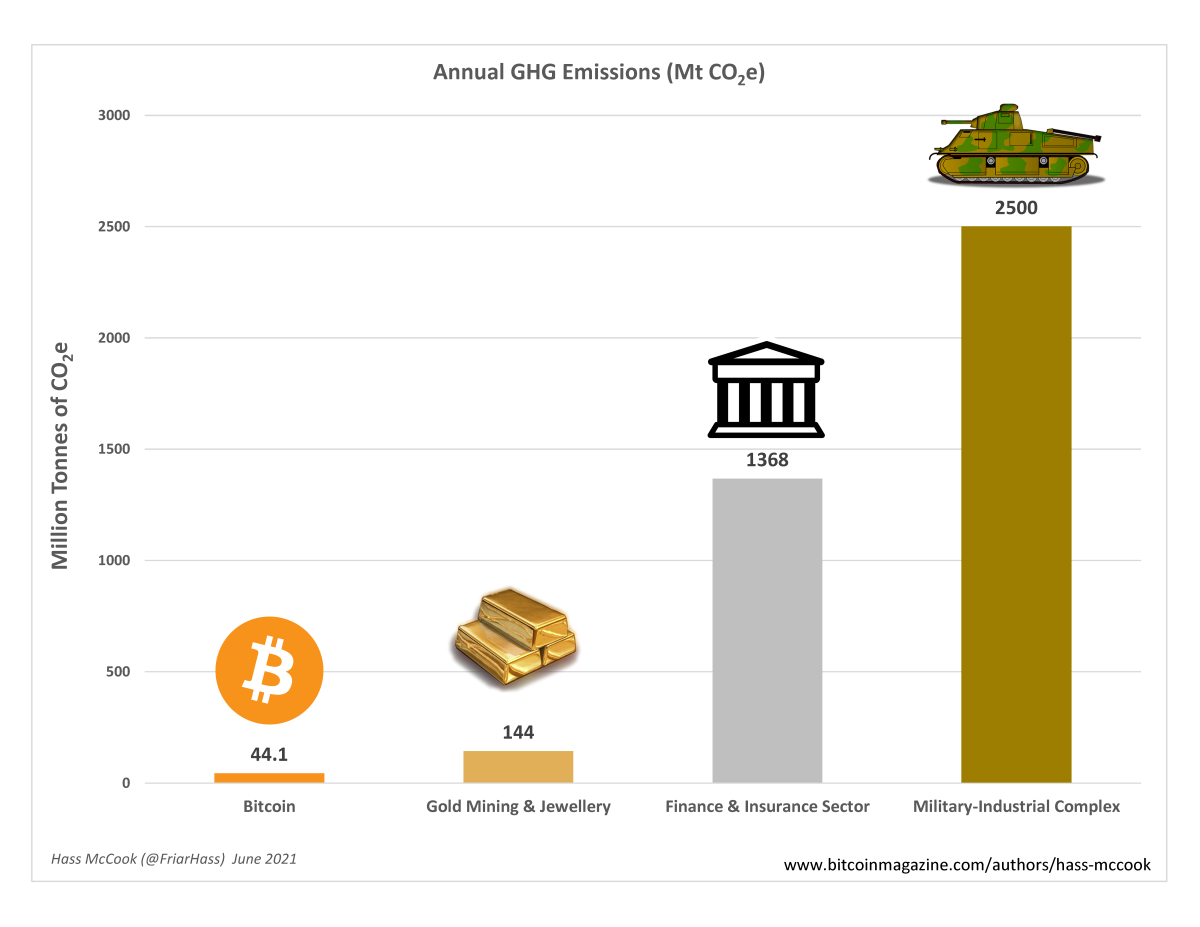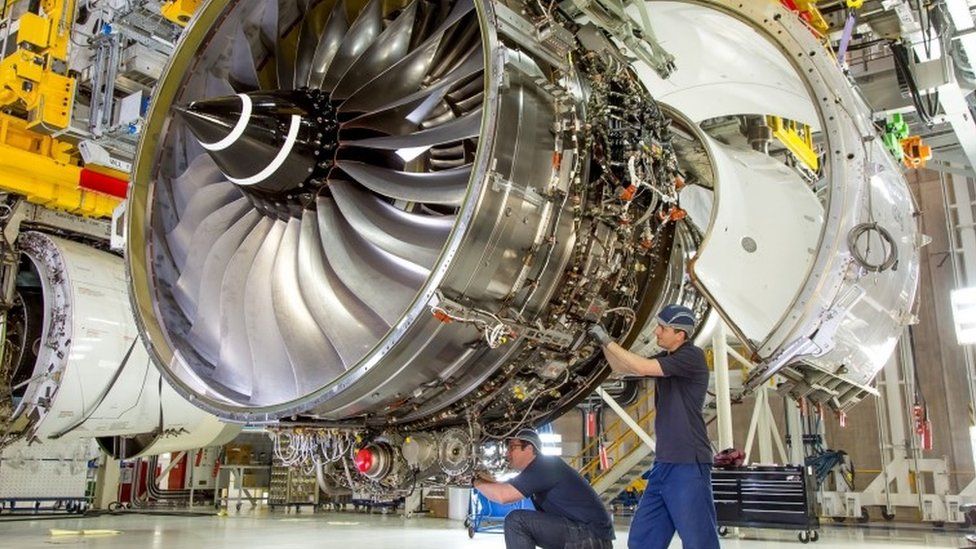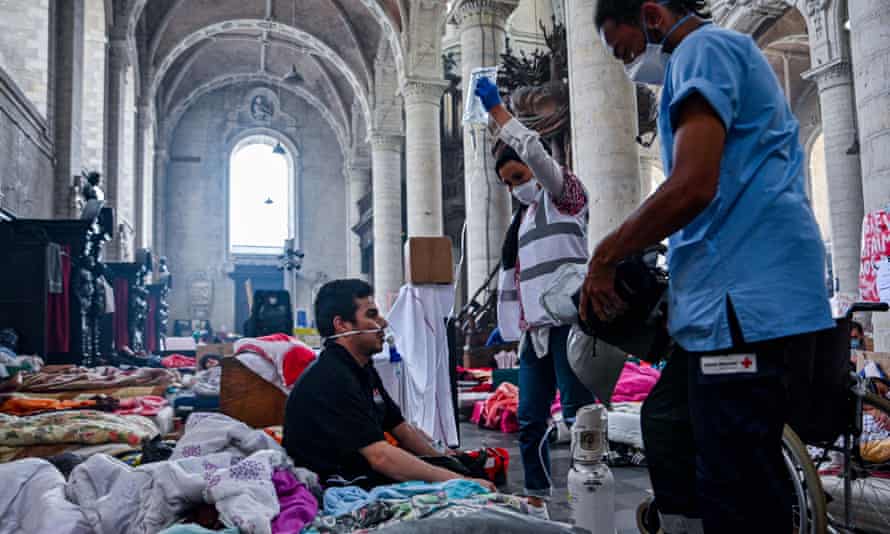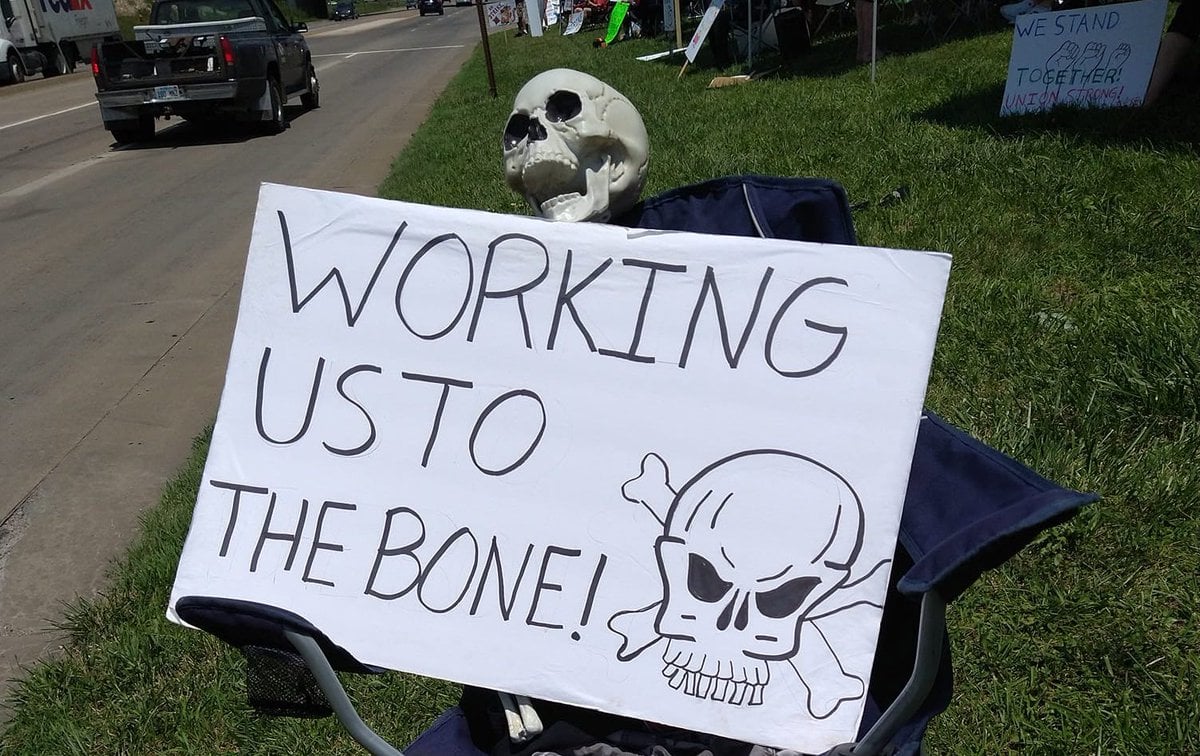Representatives for the estates in Kowloon Bay, Fo Tan and Cheung Sha Wan slammed the government for not responding to them.
An overwhelming majority of tenants at four government-run factory estates have said they are opposed to a clearance and redevelopment plan, urging the administration to halt plans immediately.
Around 93 per cent of 479 respondents from Yip On Factory Estate in Kowloon Bay, Sui Fai Factory Estate in Fo Tan, and Wang Cheong Factory Estate in Cheung Sha Wan said they objected to the demolition of the three sites, a survey published on Monday showed

The Housing Authority announced plans in May to redevelop the three factory estates and Kwai On Factory Estate in Kwai Chung for public housing. The proposal could provide over 4,000 flats in 2031.
Tenants were given 18-months notice and an option to bid for vacant units in Chun Shing Factory Estate in Kwai Chung, and Hoi Tai Factory Estate in Tuen Mun.
Representatives of the four industrial estates said that the government did not hold any consultation with the tenants before announcing the plans.
Incumbent and former district councillors from Sha Tin, Kwun Tong, and Sham Shui Po also said that the councils were not notified nor consulted by the Housing Department or the Housing Authority.
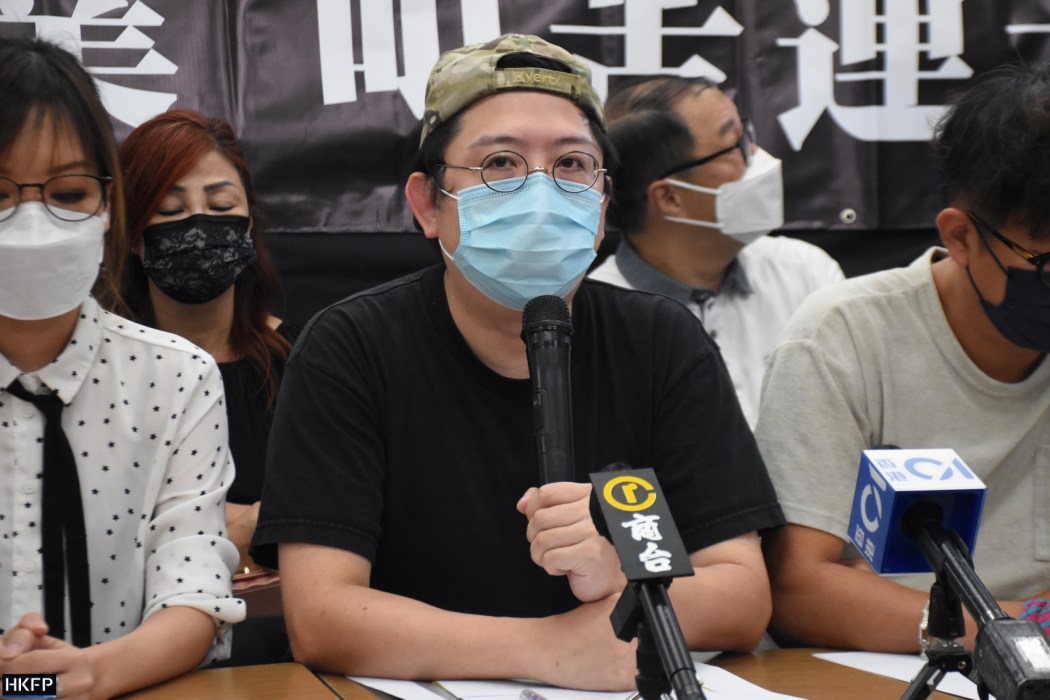
Justin Tsang, the tenant representative for Wang Cheong Factory Estate, said that it would be difficult for tenants to relocate due to the heavy machinery and moving costs.
Tsang said that many of the city’s industrial buildings were used for commercial purposes, and tenants of the four estates would not be able to move to the other buildings. He also raised concerns over other industrial buildings’ weight-bearing capacity.
Almost all dissatisfied
Close to 99 per cent of the respondents said they were dissatisfied with the government’s relocation plan, and the representative for Yip On Factory Estate Stephen Ma said that the option to bid for vacant units in two other estates was in vain.
“There are 60 [vacant] units open for closed bids by over 2,000 tenants – you can imagine that this relocation plan is in vain,” said Ma. “But I still admire their [the government’s] courage to spin.”
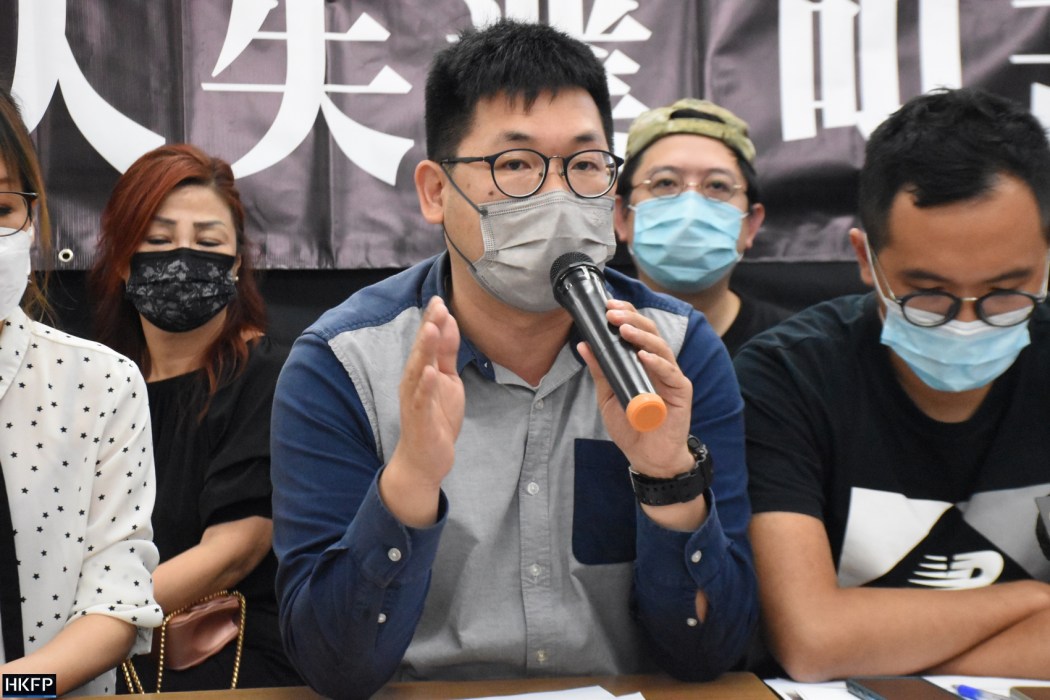
Vice-chair of Kwun Tong District Council Mok Kin-shing – whose term ended on Tuesday – questioned the government’s plan to build more public housing in the district without considering other supporting facilities.
“Over the past five years, Kwun Tong – under the development of the Housing Department – saw the completion of ten projects,” said Mok. “It’s questionable whether building more public housing in such a small district is liveable.”
Government unresponsive
The representatives also complained about the government’s reluctance to reach out to them. Ma said that he met with an assistant manager from the Housing Department who said the government would give a response within a month’s time – but he has not been contacted by officials since their meeting on June 11.
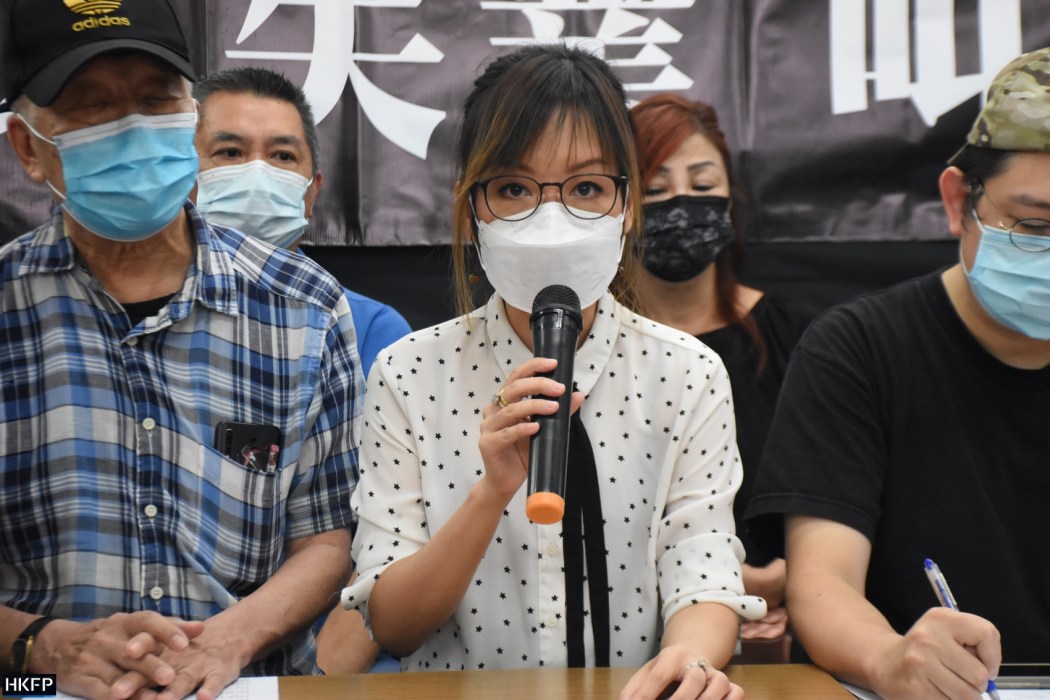
Fanny Wong, representative of the Sui Fai Factory Estate, said that the department only agreed to meet with her after she made an open appeal to the manager for New Territories West on Fathers’ Day last month.
Wong said that the department then contacted individual tenants using hidden phone numbers to gauge their attitude. The representative slammed the government for being “sneaky” and attempting to divide the tenants.
Tsang and Mr. Cheng, representative of Kwai On Factory Estate, said they contacted the government last month, but have yet to receive any response.
Update 19:03: A spokesperson for the Housing Authority (HA) said: “It is public information that HA has been conducting studies on the feasibility to redevelop its factory estates for public housing use, and that HA may redevelop individual factory estates subject to the study results,” adding that it was mentioned in last year’s Policy Address that some factory estate sites could be used for public housing development.
The authority said that they have “met the representatives of the four factory estates on various occasions to explain the detailed arrangements” and that the government will consult the district councils in the second half of this year.
Hong Kong’s Carrie Lam seeks refuge from city’s anti-bribery laws behind blanket of national security
‘Hong Kong Tram Green’ now a recognised colour
Now News exec. resigns, cites ‘turbulent times’ for Hong Kong media – reports
China denies Microsoft hack, condemns US allies
